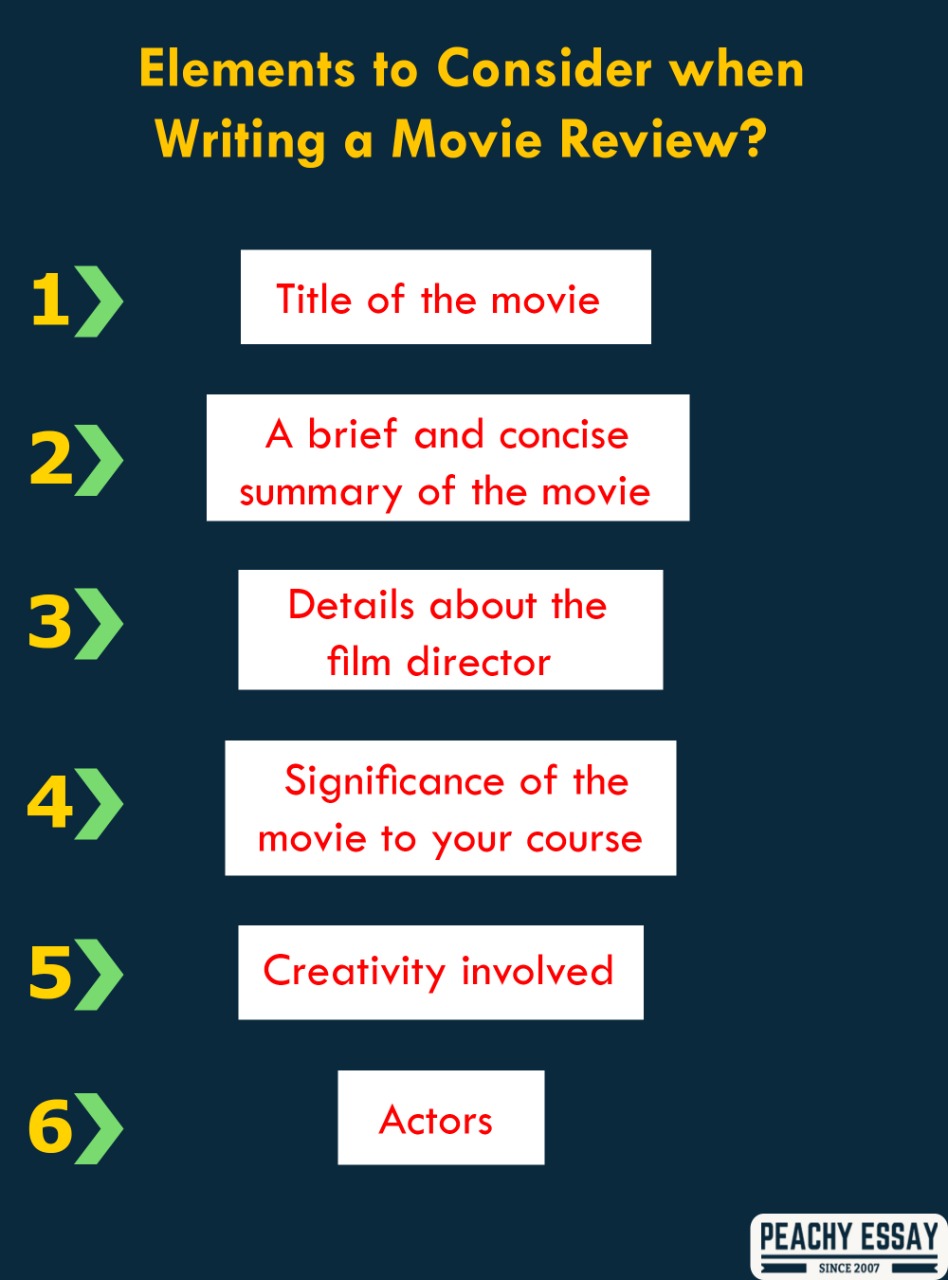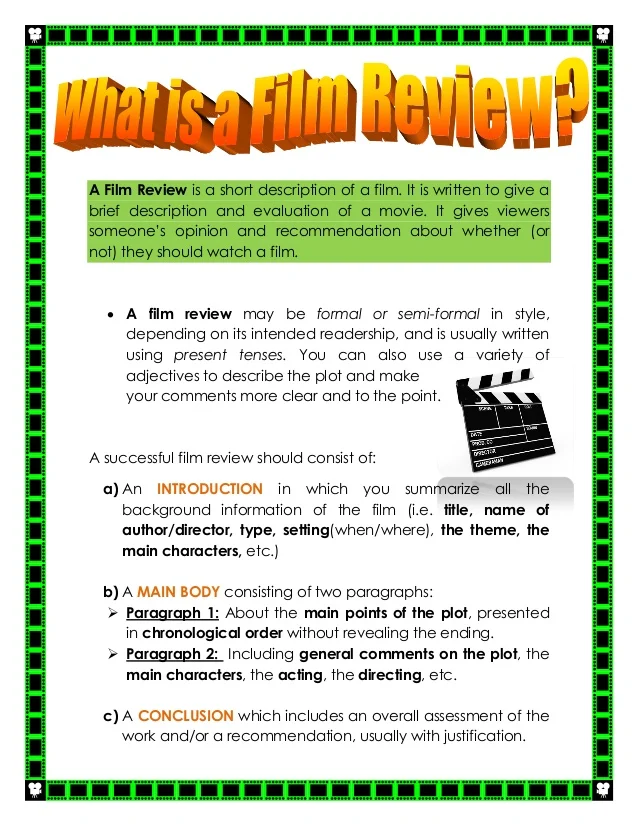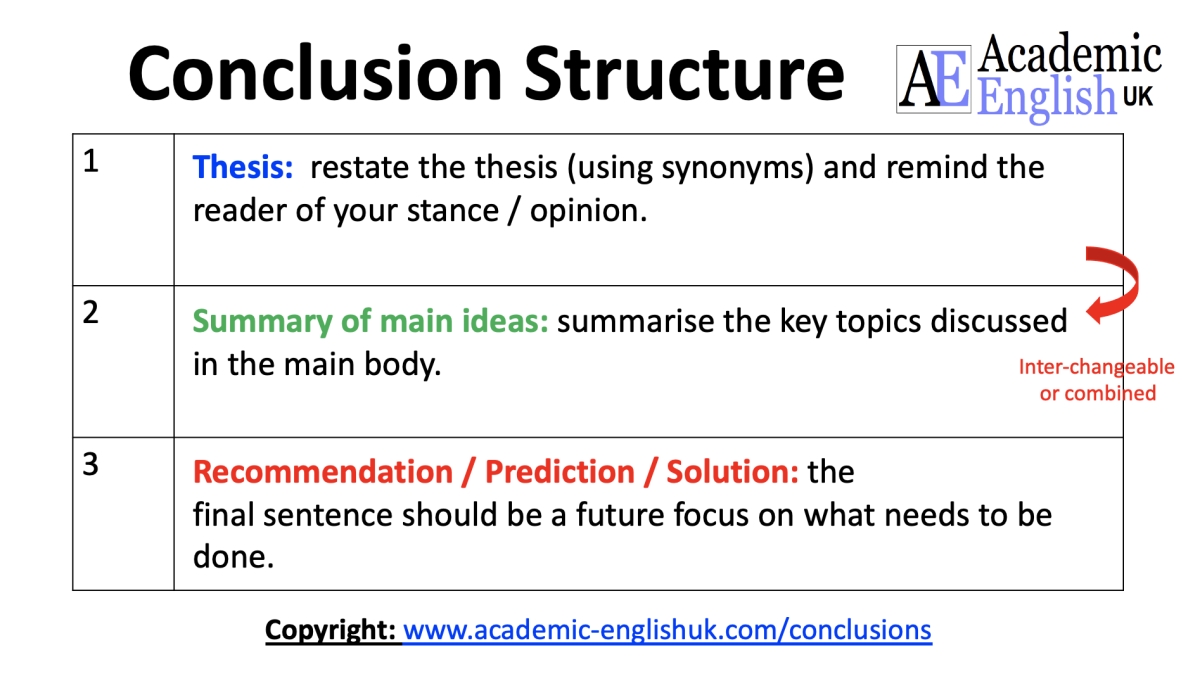The Art of Watching a Movie with a Critical Eye
When it comes to reviewing a movie, it’s essential to watch it with a critical eye. This means paying attention to every detail, from the cinematography and direction to the performances and technical aspects. By doing so, you’ll be able to write a well-rounded review that provides readers with a comprehensive understanding of the film.
To develop your critical eye, start by watching movies with a purpose. Instead of simply enjoying the film, try to analyze it. Pay attention to the way the camera moves, the lighting, and the sound design. Notice how the director uses these elements to create a specific atmosphere or mood.
Next, consider the performances. Look at how the actors bring their characters to life. Analyze their body language, tone of voice, and dialogue delivery. Think about how the casting choices impact the overall film.
As you watch, take notes on your observations. Jot down things that stand out to you, both positive and negative. This will help you to remember specific details when you sit down to write your review.
When learning how to review a movie, it’s also important to consider the film’s themes and messages. Think about what the director is trying to say and how they convey this through the story and characters. Analyze the plot and how it relates to the themes.
By watching a movie with a critical eye, you’ll be able to write a review that provides readers with a deeper understanding of the film. You’ll be able to point out specific details that make the movie stand out, as well as areas where it falls short. This will help readers to make informed decisions about whether or not to see the movie.
Remember, the key to writing a great movie review is to be thorough and detailed. By paying attention to every aspect of the film, you’ll be able to provide readers with a comprehensive review that they’ll appreciate.
Understanding the Key Elements of a Movie Review
When it comes to writing a movie review, there are several key elements to consider. A well-structured review should include a brief plot summary, analysis of the film’s themes, and evaluation of its technical aspects. By breaking down these components, you’ll be able to provide readers with a comprehensive understanding of the movie.
A good plot summary should provide readers with a concise overview of the film’s narrative, without giving away too many spoilers. For example, in a review of “The Shawshank Redemption,” you might summarize the plot as follows: “The film tells the story of Andy Dufresne, a banker who is wrongly convicted of murder and sentenced to life in prison. As Andy navigates the harsh realities of prison life, he forms an unlikely friendship with fellow inmate Red, and finds a way to survive against all odds.”
In addition to a plot summary, a movie review should also include analysis of the film’s themes. This involves exploring the underlying messages and ideas that the director is trying to convey. For example, in a review of “The Godfather,” you might analyze the theme of family and loyalty, and how it is portrayed through the characters and their relationships.
Technical aspects of a movie, such as cinematography, sound design, and editing, are also crucial elements to evaluate. These aspects can greatly impact the overall viewing experience, and should be considered when writing a review. For example, in a review of “Blade Runner,” you might praise the film’s groundbreaking special effects and atmospheric soundtrack, which help to create a immersive and futuristic world.
By including these key elements in your movie review, you’ll be able to provide readers with a well-rounded and informative critique. Remember to keep your review concise and focused, and to use specific examples from the film to support your analysis. With practice and attention to detail, you’ll be able to write a compelling movie review that will engage and inform your readers.
When learning how to review a movie, it’s also important to consider the tone and style of your writing. A good movie review should be engaging and accessible, while also providing thoughtful analysis and critique. By finding the right balance between these elements, you’ll be able to write a review that will resonate with your readers and leave a lasting impression.
Developing Your Unique Voice and Writing Style
When it comes to writing a movie review, one of the most important aspects to consider is developing a unique voice and writing style. This is what sets your review apart from others and makes it engaging for readers. So, how to review a movie in a way that showcases your personality? The key is to infuse your writing with your own voice, tone, and perspective.
To achieve this, try using humor, anecdotes, and personal opinions to make your review more relatable and entertaining. For example, you could start your review with a funny quote or a personal story that relates to the movie. This will help readers connect with you and make your review more enjoyable to read.
Another important aspect to consider is tone. A good movie review should strike a balance between objectivity and subjectivity. While it’s essential to provide an honest evaluation of the movie, it’s also important to express your personal opinions and feelings. To achieve this balance, try using phrases like “in my opinion” or “I felt that” to express your subjective thoughts.
In addition to tone, it’s also essential to consider your writing style. A good movie review should be well-written, concise, and free of errors. To achieve this, try using clear and concise language, avoiding jargon and technical terms that might confuse readers. Also, make sure to proofread your review carefully to catch any errors or typos.
Finally, don’t be afraid to be creative and innovative in your writing style. Try using different formats, such as lists or bullet points, to make your review more engaging and easy to read. You could also include images, videos, or other multimedia elements to enhance your review and make it more interactive.
By developing a unique voice and writing style, you can make your movie review stand out from others and provide readers with a fresh and engaging perspective. Remember, the key is to be creative, concise, and honest in your writing, and to always keep your readers in mind. With practice and patience, you can develop a writing style that will make your movie reviews shine.
Structuring Your Review for Maximum Impact
When it comes to writing a movie review, structure is key to making a lasting impression on your readers. A well-structured review can help you effectively communicate your thoughts and opinions, while a poorly structured review can leave readers confused and unengaged. So, how to review a movie in a way that flows smoothly and keeps readers interested?
The first step in structuring your review is to create a clear and concise introduction. This should include a brief summary of the movie, as well as your overall opinion of it. The introduction should be engaging and attention-grabbing, drawing the reader in and making them want to read more. For example, you could start your review with a thought-provoking question or a interesting fact about the movie.
Next, you’ll want to break down the body of your review into clear and concise sections. This could include a plot summary, an analysis of the themes and characters, and an evaluation of the technical aspects of the movie. Use transitional phrases and connections to link each section together, making it easy for readers to follow your train of thought.
When writing the body of your review, be sure to use specific examples and details to support your arguments. This could include quotes from the movie, descriptions of key scenes, or analysis of the cinematography and sound design. Using specific examples will help to make your review more engaging and convincing, and will show readers that you’ve put thought and effort into your writing.
Finally, you’ll want to conclude your review with a strong and effective conclusion. This should summarize your main points and reiterate your opinion of the movie. You could also include some final thoughts or recommendations for readers, such as whether or not you think the movie is worth watching.
By structuring your review in a clear and concise way, you can make it easy for readers to follow your train of thought and understand your opinions. Remember to use transitional phrases and connections to link each section together, and to include specific examples and details to support your arguments. With practice and patience, you can develop a writing style that will make your movie reviews shine.
For example, a well-structured review of “The Shawshank Redemption” might include an introduction that summarizes the plot and sets up the rest of the review. The body of the review could then be broken down into sections on the themes of hope and redemption, the characters of Andy and Red, and the technical aspects of the movie’s cinematography and sound design. The conclusion could summarize the main points and reiterate the reviewer’s opinion of the movie, including a final recommendation for readers.
Evaluating Performances: What to Look for in Acting and Character Development
When it comes to writing a movie review, evaluating the performances of the actors is a crucial aspect to consider. A good performance can make or break a movie, and understanding what makes a performance effective is essential to writing a well-rounded review. So, how to review a movie’s performances and provide a thoughtful evaluation of the actors’ work?
One of the key aspects to look for in a performance is character development. A well-developed character is one that is multi-dimensional and nuanced, with a clear arc throughout the movie. Look for actors who are able to bring depth and complexity to their characters, and who are able to convey a range of emotions through their performances.
Chemistry between actors is also essential to a successful movie. When actors have good chemistry, it can make their performances feel more natural and authentic, and can add to the overall tension and drama of the movie. Look for movies where the actors seem to have a strong connection, and where their interactions feel believable and engaging.
The impact of casting choices is also an important aspect to consider when evaluating performances. A good casting choice can make a movie, while a poor one can break it. Look for movies where the casting choices seem intentional and thoughtful, and where the actors are well-suited to their roles.
For example, the movie “12 Angry Men” is a great example of a movie with strong performances and character development. The actors in the movie are able to bring depth and nuance to their characters, and the chemistry between them is palpable. The casting choices in the movie are also intentional and thoughtful, with each actor bringing a unique perspective to their role.
On the other hand, the movie “The Social Network” is a great example of a movie with strong performances and character development, but also with some notable casting choices. The actors in the movie are able to bring depth and complexity to their characters, but some of the casting choices feel intentional and thoughtful, while others feel less so.
By paying attention to these aspects of performance, you can provide a thoughtful and well-rounded evaluation of the actors’ work in a movie. Remember to look for character development, chemistry between actors, and the impact of casting choices, and to provide specific examples from the movie to support your arguments.
When writing your review, be sure to use specific language to describe the performances, such as “nuanced,” “multi-dimensional,” and “believable.” Avoid using general terms like “good” or “bad,” and instead focus on providing specific examples and analysis to support your arguments.
Assessing Technical Aspects: Cinematography, Sound, and Editing
When it comes to writing a movie review, assessing the technical aspects of filmmaking is crucial to providing a comprehensive evaluation of the movie. Cinematography, sound design, and editing are all essential elements that contribute to the overall movie experience. So, how to review a movie’s technical aspects and provide a thoughtful evaluation of these elements?
Cinematography refers to the art of capturing images on film. A good cinematographer can create a visually stunning movie that draws the viewer in and enhances the overall story. When evaluating cinematography, look for things like lighting, camera angles, and composition. Consider how these elements contribute to the mood and atmosphere of the movie.
Sound design is another critical aspect of filmmaking. A good sound design can create a immersive experience for the viewer, drawing them into the world of the movie. When evaluating sound design, consider things like the use of music, sound effects, and dialogue. Think about how these elements contribute to the overall mood and atmosphere of the movie.
Editing is the process of assembling the footage and sound into a cohesive movie. A good editor can create a seamless experience for the viewer, drawing them into the story and keeping them engaged. When evaluating editing, consider things like pacing, continuity, and the use of transitions. Think about how these elements contribute to the overall flow and rhythm of the movie.
For example, the movie “Blade Runner” is a great example of a movie with exceptional cinematography. The use of lighting, camera angles, and composition creates a visually stunning movie that draws the viewer in and enhances the overall story. The sound design in the movie is also noteworthy, with a haunting score and effective use of sound effects.
On the other hand, the movie “The Matrix” is a great example of a movie with exceptional editing. The use of pacing, continuity, and transitions creates a seamless experience for the viewer, drawing them into the story and keeping them engaged. The cinematography and sound design in the movie are also noteworthy, with a visually stunning movie and effective use of music and sound effects.
By paying attention to these technical aspects of filmmaking, you can provide a comprehensive evaluation of the movie and give your readers a better understanding of what makes a movie tick. Remember to consider things like lighting, camera angles, composition, sound effects, music, and editing when evaluating a movie’s technical aspects.
When writing your review, be sure to use specific language to describe the technical aspects, such as “visually stunning,” “immersive,” and “seamless.” Avoid using general terms like “good” or “bad,” and instead focus on providing specific examples and analysis to support your arguments.
Writing a Compelling Conclusion: Summing Up Your Thoughts
A well-crafted conclusion is essential to a movie review, as it provides a final opportunity to summarize your main points, reiterate your opinion, and leave the reader with something to think about. A strong conclusion can make a lasting impression on your readers and leave them with a lasting impression of your review. So, how to review a movie and write a compelling conclusion?
When writing your conclusion, start by summarizing your main points. This should include a brief recap of your analysis of the movie’s plot, themes, and technical aspects. Be sure to use specific examples and quotes from the movie to support your arguments.
Next, reiterate your opinion of the movie. This should include a clear statement of your overall opinion, as well as any supporting evidence from the movie. Be sure to use specific language to describe your opinion, such as “I highly recommend this movie” or “I was disappointed by the movie’s lack of depth.”
Finally, leave the reader with something to think about. This could be a thought-provoking question, a call to action, or a final thought on the movie’s significance. Be sure to use language that is engaging and thought-provoking, and that will leave the reader with a lasting impression of your review.
For example, a compelling conclusion for a review of “The Shawshank Redemption” might read: “In conclusion, ‘The Shawshank Redemption’ is a powerful and moving film that explores the themes of hope, redemption, and the power of the human spirit. With outstanding performances from the cast, impressive cinematography, and a gripping storyline, this movie is a must-see for anyone who loves film. As the movie so eloquently puts it, ‘Get busy living, or get busy dying.'”
On the other hand, a compelling conclusion for a review of “The Godfather” might read: “In conclusion, ‘The Godfather’ is a masterpiece of filmmaking that explores the dark and gritty world of organized crime. With outstanding performances from the cast, impressive cinematography, and a gripping storyline, this movie is a must-see for anyone who loves film. As the movie so eloquently puts it, ‘Keep your friends close, but your enemies closer.'”
By following these tips, you can write a compelling conclusion that will leave a lasting impression on your readers and provide a final opportunity to summarize your main points and reiterate your opinion. Remember to use specific language, provide supporting evidence, and leave the reader with something to think about.
When writing your conclusion, be sure to use language that is engaging and thought-provoking, and that will leave the reader with a lasting impression of your review. Avoid using general terms like “good” or “bad,” and instead focus on providing specific examples and analysis to support your arguments.
Editing and Revising: Refining Your Review for Publication
Once you’ve written your movie review, it’s essential to edit and revise it to ensure that it’s error-free, clear, and concise. A well-edited review can make a significant difference in how it’s received by readers and can help to establish your credibility as a film critic. So, how to review a movie and refine your review for publication?
The first step in editing and revising your review is to check for grammar and punctuation errors. This can be done using a grammar and spell checker, but it’s also essential to read your review carefully to catch any errors that may have been missed.
Next, ensure that your review is clear and concise. This means avoiding unnecessary words and phrases, and using simple language to convey your ideas. A clear and concise review is easier to read and understand, and will help to keep your readers engaged.
Getting feedback from others is also an essential part of the editing and revising process. Ask a friend or colleague to read your review and provide feedback on its clarity, coherence, and overall effectiveness. This can help you to identify areas for improvement and make your review more engaging and persuasive.
Proofreading and fact-checking are also crucial steps in the editing and revising process. This involves carefully reading your review to ensure that it’s accurate and error-free, and checking any facts or figures that you’ve included to ensure that they’re correct.
Finally, consider using a style guide to help you to refine your review and ensure that it’s consistent in terms of formatting, punctuation, and grammar. A style guide can help you to establish a consistent tone and voice, and can make your review more professional and polished.
By following these tips, you can refine your movie review and make it more effective at engaging and persuading your readers. Remember to check for grammar and punctuation errors, ensure clarity and concision, get feedback from others, proofread and fact-check, and use a style guide to help you to refine your review.
When editing and revising your review, be sure to use language that is clear and concise, and that is free of errors and inaccuracies. Avoid using jargon or technical terms that may be unfamiliar to your readers, and focus on using simple language to convey your ideas.
By refining your review and making it more effective, you can establish yourself as a credible and knowledgeable film critic, and can help to build a loyal following of readers who appreciate your insights and opinions.







